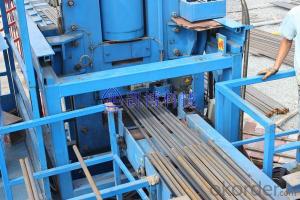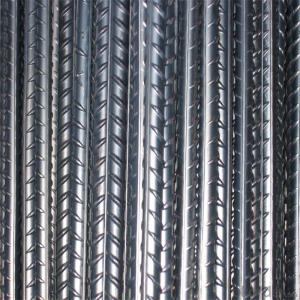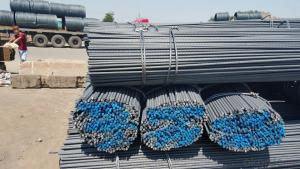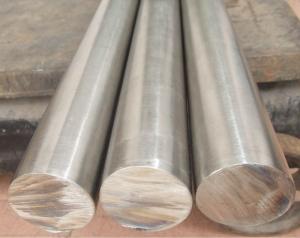18J Rebar
18J Rebar Related Searches
Ss Rebar Y16 Rebar 30M Rebar Grade 80 Rebar Rebar 10Mm T10 Rebar Gfrp Rebar Frp Rebar Rebar Coil Rebar Lengths Standard Rebar Tensile Strength Rebar Identification Billet Rebar Blue Steel Rebar Billet Steel Rebar When Was Rebar Invented Astm A615 Grade 60 Rebar Rebar Stirrups Re Bars18J Rebar Supplier & Manufacturer from China
18J Rebar, also known as deformed bars, are high-quality steel reinforcement products that are widely used in construction projects. These rebars are characterized by their ribbed surface, which provides better grip and bond with concrete, ensuring structural integrity and durability. They are typically used in reinforced concrete structures such as buildings, bridges, and other infrastructure projects where strength and stability are paramount.18J Rebar finds its application in various construction scenarios, including residential, commercial, and industrial settings. They are used in the reinforcement of concrete slabs, columns, and beams, providing essential support and resistance to compression and tension forces. The use of 18J Rebar in these applications ensures that the structure can withstand the test of time and various environmental conditions, such as earthquakes and heavy loads.
Okorder.com is a leading wholesale supplier of 18J Rebar, offering a vast inventory of this essential construction material. As a reliable source for rebar, Okorder.com ensures that customers receive high-quality products at competitive prices. With a commitment to customer satisfaction, Okorder.com provides efficient shipping and excellent customer service, making it a preferred choice for contractors and construction companies seeking to purchase 18J Rebar for their projects.
Hot Products



















































